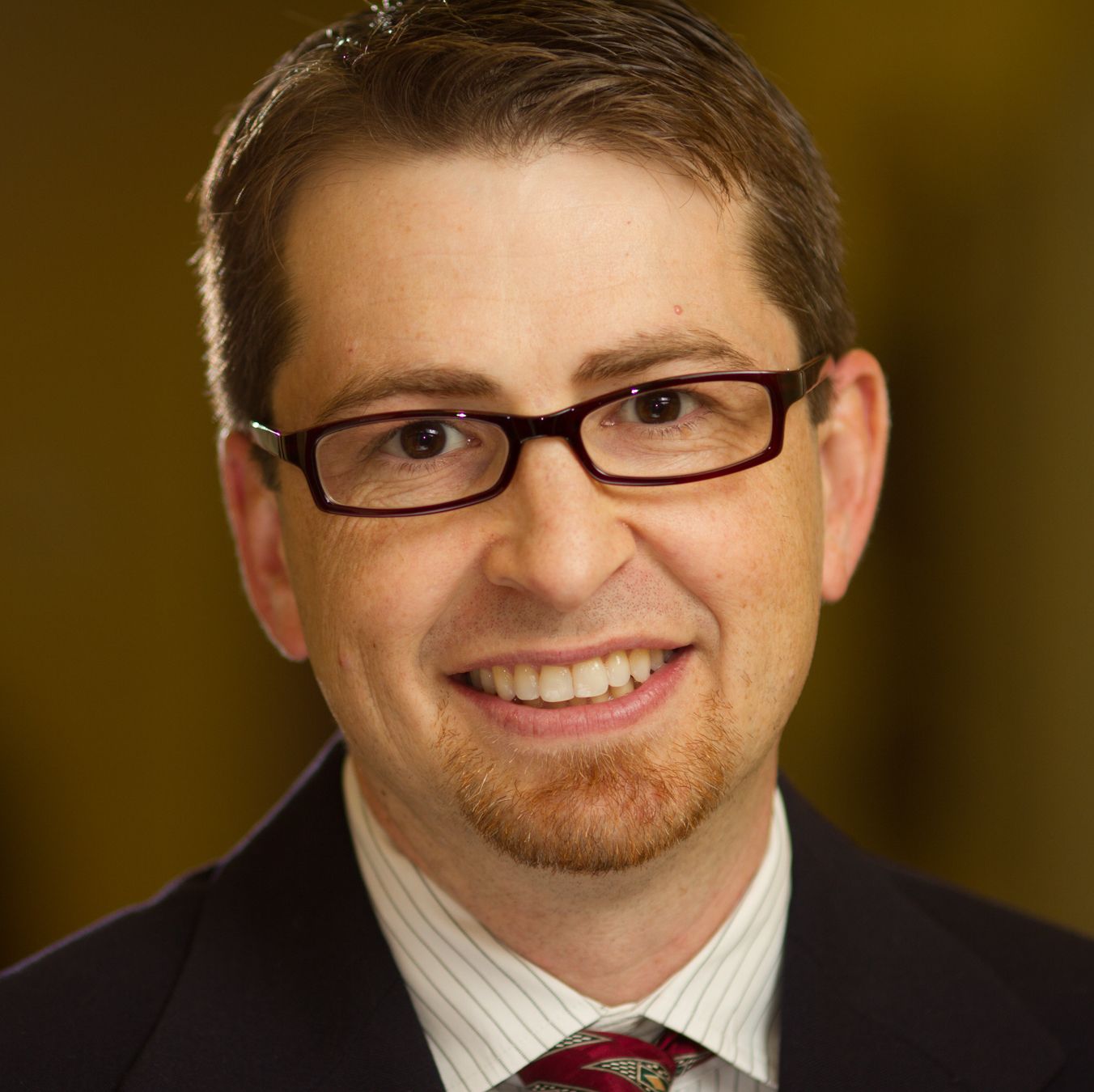How NPs and PAs Are Reaching Dermatology
A certified physician assistant breaks down how dermatology specialty demand has influenced the modern care team.

Douglas DiRuggiero, PA-C
In an interview with MD Magazine®, Douglas DiRuggiero, PA-C, of The Derm Centers, explained what has constituted the current rate of dermatologists, and what role physician assistants and nurse practitioners have come to play as a result.
MD Mag: What does the current psoriasis care team look like?
DiRuggiero: We can't overlook the fact that patients with plaque psoriasis are often initially presenting to primary care clinics, where their disease can bemisdiagnosed or undertreated. The science, treatment modalities, and product development for psoriasis has developed and changed tremendously over the past 15 years. This is why I’m comfortable saying that patients will receive better care at a dermatology clinic where the care team is versed and comfortable with managing this systemic disease with systemic therapies. In today’s landscape, that team is often made up of a board-certified dermatologist, physician assistants, nurse practitioners, and a support staff that helps with phototherapy, clinical trials, or specialty pharmacy communications.
MD Mag: How do you think the team has evolved? Where do you think is it going? What will the care team look like in 5-10 years?
DiRuggiero: Well, I think it would be difficult to deny the fact that more and more nurse practitioners and PAs are entering dermatology, where we already have a strong presence.. I think overall in the United States, we're seeing more and more that primary care is being taken over by NPs and PAs, and I think that we will see over the next decades, that physicians will gravitate more and more towards specialties—knowing that the basic primary care is going to be in comfortable hands of NPs and PAs.
Now, that doesn't mean we're not going to have multiple new board-certified family and internal medicine, etc. But I think that the drive towards MD specialty medicine is going to become even greater in the decades to come. But even with that, we've seen such a shortage of dermatology care for an aging population of baby boomers and the Gen X population that are more concerned about their skin, with a long history of sun exposure, a lot of skin cancer, a lot of disease severity.
Historically, the AAD has kept the residency slots to such a low number, in order to make sure that specially wasn't oversaturated. I understand the logic behind that. But what's happening is the population has boomed well beyond what the residences can accommodate, leaving a large gap for nurse practitioners and PAs to fill.
So, we're at a tipping point right now. Based on estimates, there's probably around between 4000-5000 PAs who practice full-time dermatology for board-certified dermatologists. And on the nurse practitioner side, it's somewhere between 3500-4000. I don't know their numbers exactly. But when you think about the fact that there's about 11,000 practicing dermatologists in the United States—ones that are doing office practice, there are a couple thousand more that are doing other things—our numbers are almost 1:1 right now.
And I suspect, whether people like it or not, we're probably going to have a ratio that's even more NPs and PAs to board-certified dermatologists over the next 5 years.
MD Mag: To your perspective, is there anything we need to change in education to help improve the current makeup and rate of dermatology personnel?
DiRuggiero: Right now, one of the most difficult residencies to get into is dermatology. Historically it was the three Os, is what you always heard: ophthalmology, orthopedics, and otolaryngology were the 3 most difficult residences to get. But over the last 25 years, dermatology has risen to become the most competitive. It has the smallest number of slots and it produces a good lifestyle. People will see that and are attracted to it.
And it's also just extraordinarily interesting, combining procedural medicine with general medicine care. You see kids, you see old patients. So it kind of hits all those buttons.
And all of this has made it highly sought after, which means that over the last 25 years, you have to be literally top of your class to get into a dermatology residency. I mean, if you're not top 5% and have everything else, you won't even have a chance of getting in.
Dermatologists have always been extraordinarily bright and are always upper-tier. But in the last three decades, it has produced a population of board-certified dermatologists in the United States that are just rea
lly the top of the top. And you can see that when you go to conferences and you hear people lecture—they are really extraordinary.
Now, not all of them coming out of residency are choosing to go into general medical dermatology. There's a lot of pull towards surgery and cosmetics. So keeping those extraordinarily bright, accomplished folks in medical dermatology is something that their academy is going to have to address, and keeping them strongly interested in caring for the whole patient and taking on diseases that can take a lot of time in the office.
A lot of time-consuming patients are being relegated to the PA and to the nurse practitioner, because our training models is towards the holistic patient care, taking more time with folks. I don't want to be ever viewed as being in competition with our supervising physicians, but rather, viewed as a compliment to them, so that we can offer that holistic approach to their patient base and ultimately be an extension of them.